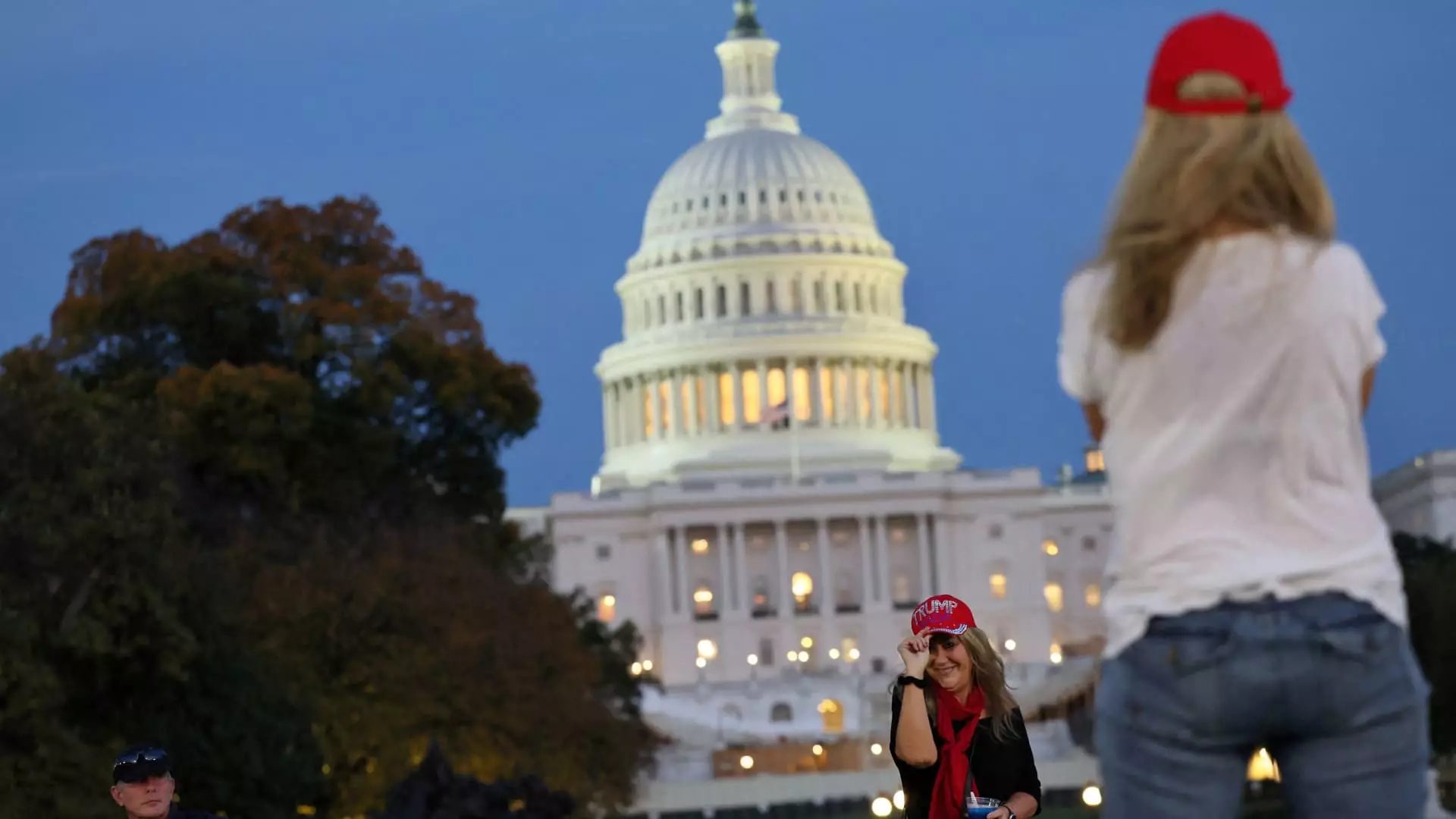The recent election of Donald Trump has undoubtedly sent ripples through the financial markets, as evidenced by the immediate spike in stocks following his victory. The Dow Jones Industrial Average’s climb past 44,000 is a notable indicator of investor optimism; however, this exuberance raises important questions about the long-term implications of Trump’s presidency on investment strategies. Financial experts and advisors are advocating for a prudent, tempered approach to investment decisions, emphasizing that market reactions should not be conflated with certainty about future economic conditions. Instead of making impulsive financial moves, investors are encouraged to adhere to their established financial plans and long-term strategies.
According to professionals like Jude Boudreaux and Lee Baker, both certified financial planners, the best course of action is to maintain existing strategies while incorporating necessary adjustments as more policy details emerge. They highlight the unpredictability of the current economic environment and the potential ramifications of Trump’s policy direction. Baker points out the risks associated with attributing the market’s post-election rally directly to Trump’s win, cautioning that market dynamics often respond to broader themes of uncertainty, rather than simply an individual leader’s policies.
The fundamental principle of sound investing—basing decisions on individual goals, time horizons, and risk tolerance—remains steadfast, regardless of who occupies the Oval Office. Marguerita Cheng emphasizes that personal factors should dictate asset allocation rather than the political climate. This underlines a critical aspect of investment philosophy: a long-term outlook allows investors to weather short-term volatility while staying aligned with their financial aspirations.
Investors anticipating favorable outcomes from Trump’s anticipated deregulation may look toward sectors such as energy, finance, and industrial stocks. By diversifying into these areas, potentially via index funds, investors can mitigate risk while gaining exposure to anticipated market movements. Yet, this approach calls for a clear understanding of one’s risk appetite and financial objectives. In an era of change, well-thought-out strategies focused on personal circumstances yield better results than reactionary maneuvers to changing political tides.
Trump’s victory has reignited discussions around tax reforms, with many speculating on the continuation or extension of the Tax Cuts and Jobs Act implemented during his first term. As the 2025 expiration date for many tax cuts looms, financial advisors like Stacy Francis are urging individuals and corporations to consider how these changes could shape economic growth. With proposed tax cuts potentially leading to accelerated economic expansion in the coming years, a resurgence of investments in various sectors may follow.
Furthermore, the concept of reducing taxes on Social Security benefits and certain types of wages could significantly impact disposable income for many Americans. However, experts remain skeptical about the feasibility and timeline of implementing such sweeping changes. As David Haas notes, without definitive legislative language, it’s speculative at best to base investment strategies on proposed tax reforms. This uncertainty further emphasizes the wisdom of sticking to established investment plans rather than chasing political promises.
In the context of Trump’s presidency, inflation emerges as a pivotal concern—standing at the intersection of policy and economic indicators. While the Federal Reserve has worked to maintain inflation near its 2% target, the potential for increased tariffs and pro-business initiatives could exert upward pressure on prices. In theory, the influx of cash into American households from proposed tax cuts could elevate spending, further risking inflationary pressures.
Financial advisors are keenly aware of the implications this could have on Federal Reserve interest rate policies. The central bank’s recent decision to lower interest rates underscores its commitment to stimulating economic activity, yet any future rate decisions may be heavily influenced by economic outcomes stemming from Trump’s leadership. Investors must, therefore, remain vigilant—not only to market trends but also to the broader economic landscape shaped by fiscal policies.
While Trump’s presidency heralds potential opportunities for certain market sectors, the uncertainty surrounding his policies necessitates careful navigation of the investment landscape. The interplay between tax reforms, inflation, and interest rates adds layers of complexity that investors must consider. As market conditions remain fluid, focusing on personal financial goals and maintaining a cautious approach becomes paramount. By adhering to long-term strategies and remaining informed about economic developments, investors can better position themselves for success amidst the unpredictable terrain shaped by political changes.

